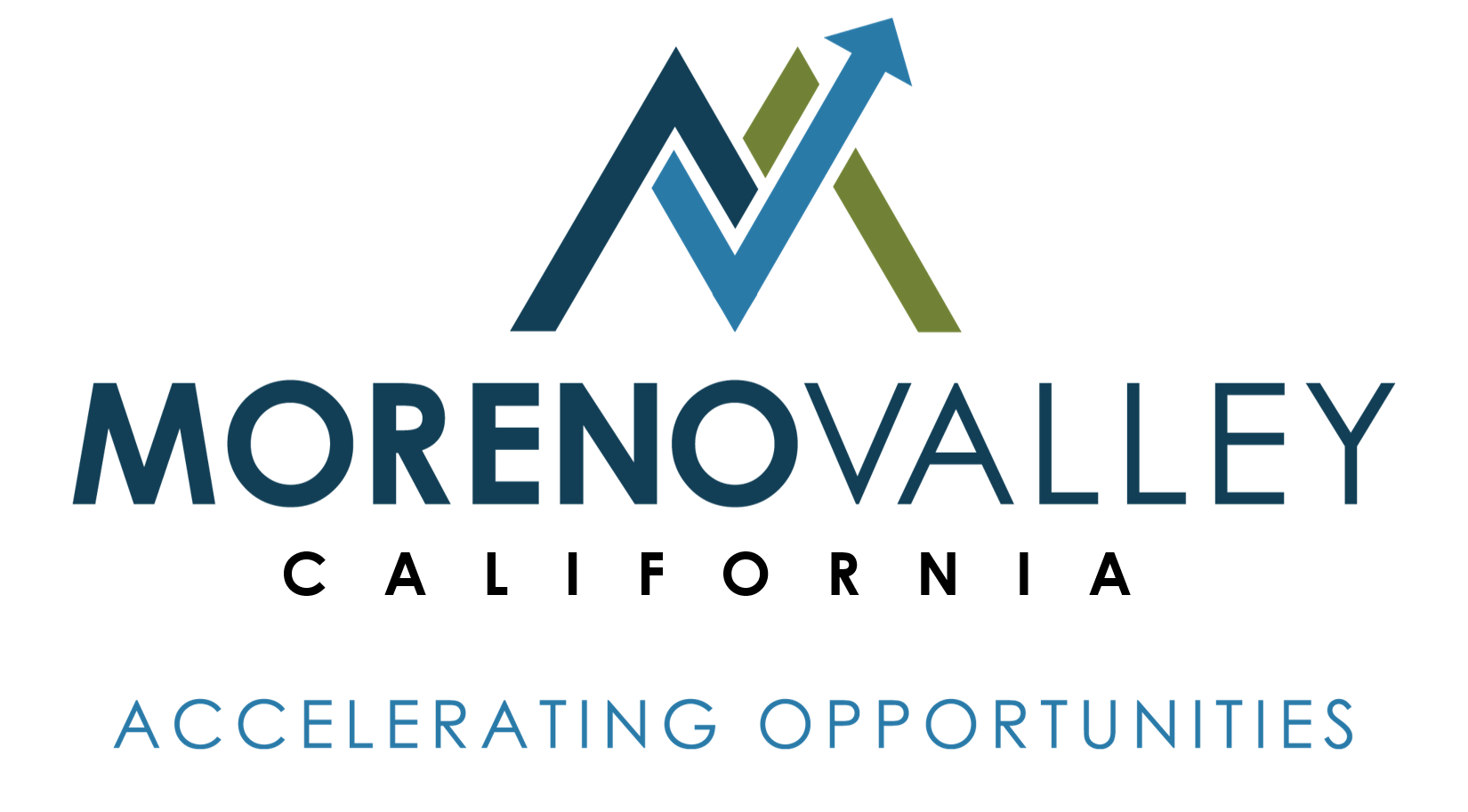It’s Elementary: City Of Moreno Valley Works To Ensure Its Housing Stock Keeps Pace With Rapid Growth

As city manager of the city of Moreno Valley, Mike Lee is frequently at ribbon-cuttings for new businesses opening their doors in this fast-growing community in Southern California.
Shortly after he spoke with Bisnow, Lee was on his way to the opening of a new restaurant in town, just one stop on his extensive itinerary. These include businesses small and large, including one ribbon-cutting this summer for a diagnostic testing center expansion for Kaiser Permanente that is anticipated to create thousands of new jobs.
Lee’s schedule is unsurprising when a town grows as quickly as Moreno Valley, which has added 30,000 jobs in the past 10 years and whose population exceeds 213,000, making it the second-largest city in California’s Riverside County. He noted that the Inland Empire, which is where Moreno Valley is located, is one of the fastest-growing regions in the country.
“A lot of the future population expansion in California is expected to happen here because of our location close to Los Angeles, San Diego, Arizona and Nevada,” Lee said.
But a booming local economy, while creating jobs and adding to the local tax base, also has the potential to create challenges for a city. Chief among them is the threat of a housing shortage that can price some people out of the community.
Moreno Valley has taken steps to address that concern by calculating how much additional housing it will need to keep up with local job growth in the industrial, service, healthcare and other sectors, and by developing a plan for how it will manage its housing and other needs in coming decades.
“Housing is a critical need for economic development,” Lee said. “We want to build a beautiful destination city where people choose to live, work and play.”
Moreno Valley has added more than 15,000 new homes since 2000, and the city projects that 13,627 more housing units need to be built by the end of the decade to keep up with job creation.
That number — known as the Regional Housing Needs Allocation — comes from the city’s completion of its Housing Element, a state-mandated exercise that requires California cities to set goals, policies and programs to address their housing needs. Moreno Valley is one of the few communities so far to have completed the latest iteration of its Housing Element, Lee said.
“We knew that the state is going to be a lot more adamant about cities meeting their housing goals and so we took the proactive approach of getting this done early,” Lee said.
The process to complete a community’s Housing Element and determine its RHNA is extensive and can take a year and a half to complete. Lee said it is well worth the effort.
“It is a long process and you want to hire good consultants and engage the community,” he said. “Cities are doing themselves a disservice if they're not planning for the future because if you don't have affordable housing, how can you continue to grow your economy?”
Moreno Valley’s Housing Element found that more than 80% of its housing stock is single-family detached homes. That is why the city’s plans for future development includes a variety of housing types, including affordable and multifamily units, Lee said.
Having a solid handle on its housing requirements makes the city even more attractive to developers, he said. If they build residential properties, developers know exactly what type of housing the city is likely to approve. If they build in another asset class, they can feel more confident that their employees will be able to live nearby.
Lee can recite a long list of businesses that have either built offices in Moreno Valley or have announced plans to do so. These include multinational behemoths like Procter & Gamble, Skechers USA, Aldi and Amazon, which operates two large distribution facilities in town.
Moreno Valley is home to a thriving medical device manufacturing sector, two electric vehicle manufacturing plants and the nearby March Air Reserve Base. Lee noted the city is strategically focused on advanced manufacturing, aerospace, green and clean technologies, and EV manufacturing as growth sectors.
Retail also is important to the local economy, and the city has ambitious plans for new mixed-use developments that will combine residential, commercial and other uses, including in the town’s center.
One of the largest employers in Moreno Valley is the World Logistics Center. At 40.6M SF, it is the largest industrial park in the state. When fully built out, WLC is projected to employ close to 20,000 people.
“Imagine all the new jobs that are coming,” Lee said. “Those people are going to need to buy homes, they’ll need to go to local restaurants, go shopping and buy more cars. That's going to be a huge catalyst for future growth for the city.”
Whatever development the future brings, Moreno Valley is working to make sure it is ready for it.
“We're very fortunate to be in the largest growth area in California, and we weathered the pandemic very well because when you order online, a lot of those products come from Moreno Valley and the Inland Empire,” Lee said. “Our city council and mayor have the vision to provide a plan that's going to guide how we continue to grow in the future.”
This article was produced in collaboration between Studio B and the city of Moreno Valley. Bisnow news staff was not involved in the production of this content.
Studio B is Bisnow’s in-house content and design studio. To learn more about how Studio B can help your team, reach out to studio@bisnow.com.

